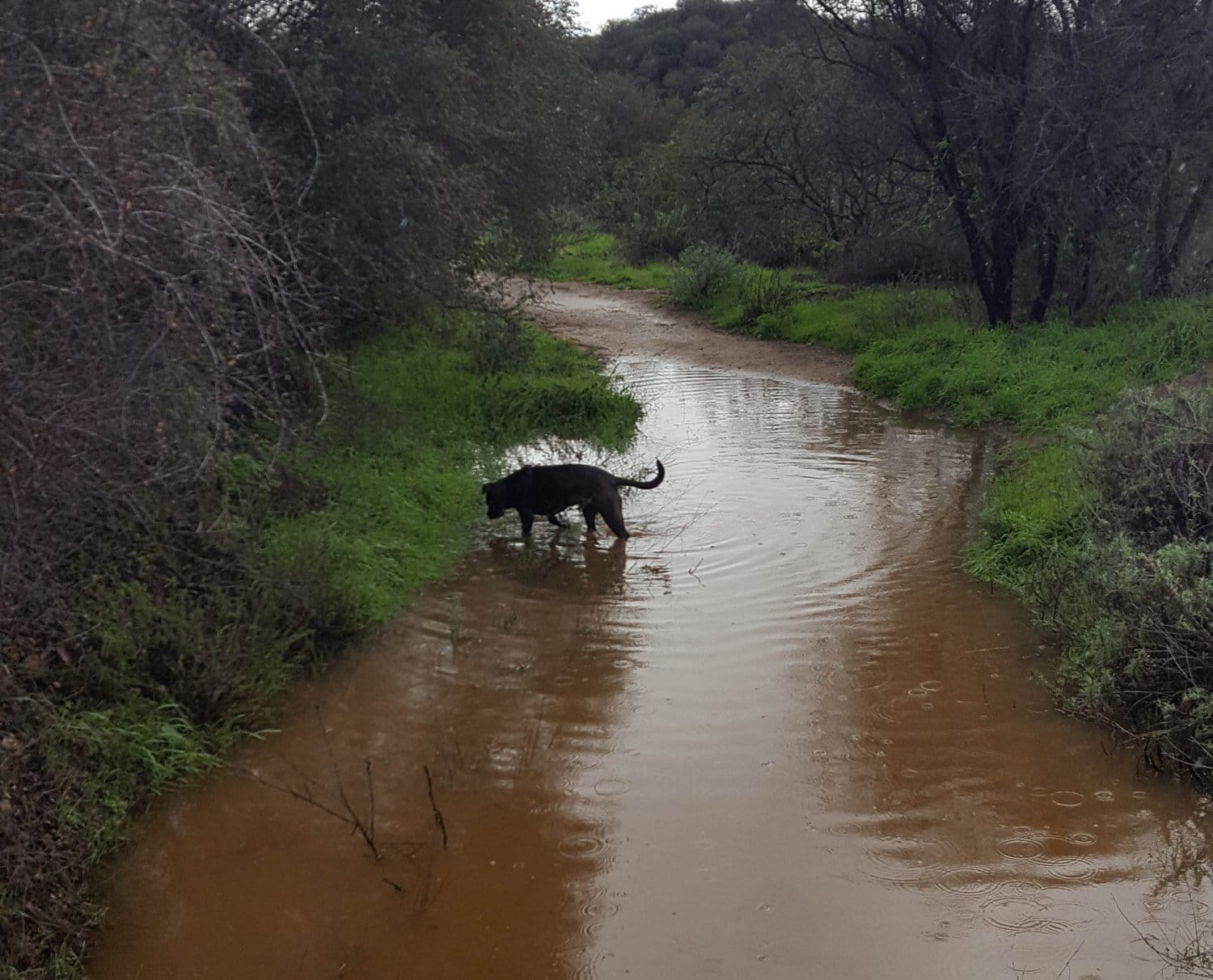
Photo: Carl Grooms
LEARN THE RAINY DOS AND DON'TS
Southern California is dry so much of the time that it’s easy to forget how to respond when it rains hard enough to produce floods and mudslides.
Photo: Carl Grooms

Photo: Carl Grooms
Southern California is dry so much of the time that it’s easy to forget how to respond when it rains hard enough to produce floods and mudslides.
Move your family to a safe location and notify your neighbors and County officials, as appropriate.
To maintain a safe situation and limit damage from backed up water.
To reduce the risk.
Stay on one side until the water recedes. Most streams in this area recede in a couple of hours once it stops raining.
Particularly when flooding signs are posted.
Mother Nature dumped a record 64.82 inches of rain on the Robinson Road area of Topanga in 2004–2005. This topped the 55 inches that fell in both 1978 and 1998. Data kept by Lee Haines, founder of the Pierce College weather station in 1949, and augmented by Topanga residents in recent years, showed an average of 24.9 inches of rainfall in the Canyon over the past 45 years.